Introduction to Egypt’s Art and Craft Market
Egypt, renowned for its rich cultural heritage and artisanal craftsmanship, has a thriving art and craft market that spans across various categories such as handmade jewelry, folk costumes, decorative arts, carpets, statues, and furniture. The industry not only reflects the country’s historical and artistic legacy but also serves as a significant contributor to its economy through local and international trade.
As the global trade landscape evolves, platforms like Aritral.com are empowering artisans, craftsmen, and exporters to connect with buyers worldwide. Aritral’s innovative B2B solutions, including AI-powered marketing, direct communication tools, and global trade support, enable Egyptian businesses to showcase their unique products effectively and expand their reach.
Market Overview and Global Trade Trends
# Export Insights
Egypt’s art and craft exports, categorized under miscellaneous goods, textiles and clothing, footwear, and hides and skins, have shown notable trends over the past three years:
- Miscellaneous Goods: Export values decreased slightly from $476,668 thousand in 2021 to $411,279 thousand in 2022, indicating a potential shift in demand or competitive pressures in global markets.
- Textiles and Clothing: This category witnessed a significant growth, with export values rising from $3,902,576 thousand in 2021 to $4,510,966 thousand in 2022. This surge highlights Egypt’s strong foothold in textile-related crafts, which often include folk costumes and decorative items.
- Footwear: Exports saw growth from $4,812 thousand in 2021 to $8,427 thousand in 2022, showcasing rising interest in handmade shoes and bags.
- Hides and Skins: Exports increased modestly from $80,326 thousand in 2021 to $84,478 thousand in 2022, reflecting stable demand in global markets.
# Import Dynamics
On the import side, Egypt’s art and craft-related goods also showed interesting movements:
- Miscellaneous Goods: Imports rose from $2,203,329 thousand in 2021 to $2,395,844 thousand in 2022, indicating growing consumption of foreign art and craft products.
- Textiles and Clothing: This category remained Egypt’s largest import segment, with values reaching $4,291,831 thousand in 2022, reinforcing the importance of textiles in both domestic consumption and re-export.
- Footwear: Imports increased from $119,830 thousand in 2021 to $127,459 thousand in 2022, signaling heightened interest in foreign footwear.
- Hides and Skins: Imports grew from $48,433 thousand in 2021 to $60,170 thousand in 2022, reflecting Egypt’s reliance on imported raw materials for its leather-based crafts.
Economic Indicators and Market Health
Egypt’s economic indicators provide valuable context for understanding the art and craft market’s potential:
- GDP Growth: Egypt’s GDP expanded from $484 billion in 2021 to $517 billion in 2022, indicating overall economic resilience and growth.
- Inflation Rate: Inflation rose significantly from 5.57% in 2021 to 4.98% in 2022, which could impact the affordability of art and craft products domestically.
- Trade Balance: Despite a negative trade balance (-$259 billion in 2022), Egypt’s export growth in textiles and miscellaneous goods suggests promising opportunities for local artisans and exporters.
- Unemployment Rate: Unemployment remained stable, reflecting a steady labor market that supports the craft and artisan workforce.
Opportunities and Challenges
# Opportunities
1. Rising Export Potential: The growth in textiles and footwear exports highlights opportunities for Egyptian artisans to expand their presence in global markets.
2. Collaborative Platforms: Platforms like Aritral.com offer tailored solutions for artisans and exporters, including AI-supported international marketing and business profile management, enabling greater visibility and trade efficiency.
3. Sustainability Trends: Global demand for sustainable and handmade products aligns with Egypt’s traditional crafts, creating a niche market for eco-conscious buyers.
# Challenges
1. Competition: Declining export values in miscellaneous goods suggest increasing competition from other countries in the global art and craft market.
2. Economic Pressures: Inflation and trade deficits may pose challenges for local artisans in sourcing materials and maintaining competitive pricing.
3. Market Access: Despite growing export potential, small-scale artisans may face barriers in accessing international markets without digital tools and support.
Future Outlook
The art and craft market in Egypt is poised for growth, driven by increasing global interest in handmade and sustainable products. Export trends in textiles, footwear, and hides and skins indicate strong demand, while platforms like Aritral.com provide essential tools for artisans to overcome challenges and capitalize on opportunities.
# Strategic Recommendations
1. Leverage Technology: Artisans and exporters should utilize Aritral.com’s AI-powered marketing and direct communication tools to connect with buyers and showcase their products effectively.
2. Focus on Niche Markets: Emphasizing unique Egyptian crafts such as folk costumes, handmade jewelry, and decorative arts can help capture niche markets globally.
3. Collaborate for Growth: Partnering with trade platforms and utilizing Aritral’s business profile management services can enhance visibility and streamline operations.
Conclusion
Egypt’s art and craft market, enriched by its cultural heritage and skilled artisans, holds immense potential in the global trade ecosystem. While challenges such as competition and economic pressures exist, the opportunities for growth are vast. By leveraging innovative platforms like Aritral.com, local businesses can transform into global exporters, ensuring their crafts reach audiences worldwide.
Whether you are a craftsman, exporter, or entrepreneur, Aritral’s services—ranging from product listing to AI-supported seller growth—can help you navigate the complexities of global trade and achieve sustainable success in Egypt’s art and craft industry.
-
 Mohamed Ali 4 months ago
Mohamed Ali 4 months ago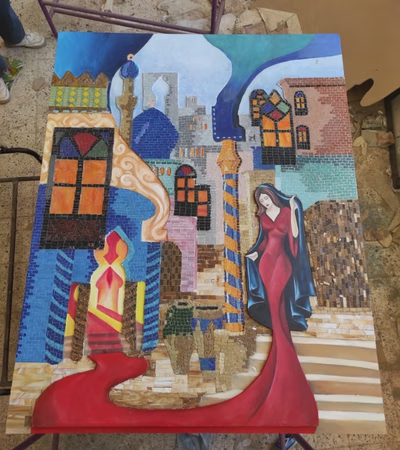 Egypt
Plaques and Artistic Works with Heritage
Egypt
Plaques and Artistic Works with Heritage
These are artistic works of various sizes, and there are plaques that indicate heritage and the finest detailsDetails
-
 Al-Ahjar Al-Karima 5 months ago
Al-Ahjar Al-Karima 5 months ago Egypt
Precious stones
Egypt
Precious stones
Precious stones in all their types and crafts, and meteoritesDetails
-
 Marwa Mohamed Melisa 3 months ago
Marwa Mohamed Melisa 3 months ago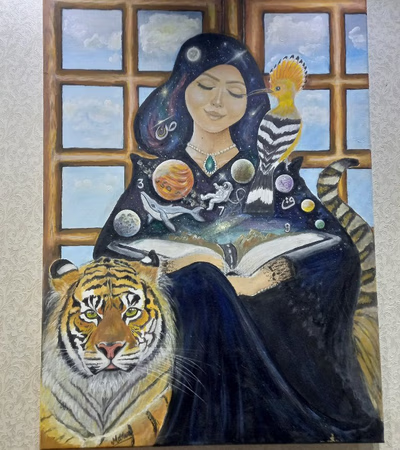 Egypt
Artworks
Egypt
Artworks
An expressive and rare artworkDetails
-
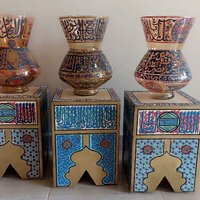 Alfan Alislami 3 months ago
Alfan Alislami 3 months ago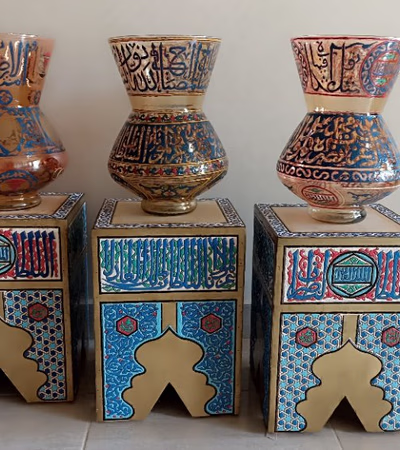 Egypt
Islamic Art
Egypt
Islamic Art
The enamel-coated lantern is not just a lighting tool but also an artistic piece that can be displayed as a masterpiece in homes or cultural venues. T...Details
-
 Atef Hassan 3 months ago
Atef Hassan 3 months ago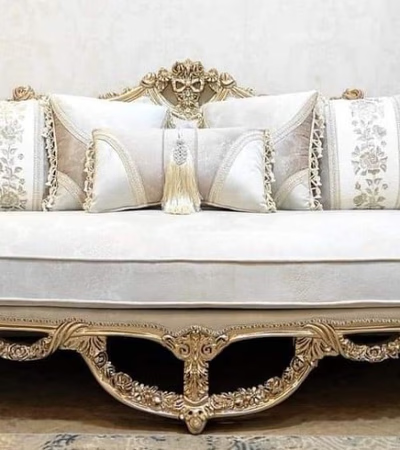 Egypt
Furniture
Egypt
Furniture
All products are made in EgyptDetails
-
 Bayt Al-Sijjad 3 months ago
Bayt Al-Sijjad 3 months ago Egypt
Carpets
Egypt
Carpets
Selling all sizes and shapes of carpetsDetails
-
 Khashab Arabesk 3 months ago
Khashab Arabesk 3 months ago Egypt
Natural Arabic Arabesk Wood
Egypt
Natural Arabic Arabesk Wood
Arabic Arabesk wood is available in many models. The wood is natural, and all work is completely handmade. For more details, send me a message on my p...Details
-
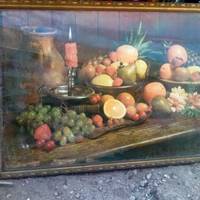 Alsayyid Adel Alsayyid Suleiman 3 months ago
Alsayyid Adel Alsayyid Suleiman 3 months ago Egypt
Old Italian Painting
Egypt
Old Italian Painting
An antique old Italian paintingDetails
-
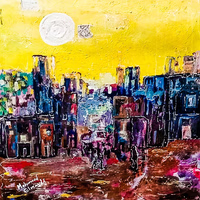 Mahmoud Elmardi Paintings 12 months ago
Mahmoud Elmardi Paintings 12 months ago Egypt
لوحات فنية
Egypt
لوحات فنية
Abstract painting, Acrylic on canvas By-Mahmoud ElmardiDetails
-
 إيناس الشافعي 3 months ago
إيناس الشافعي 3 months ago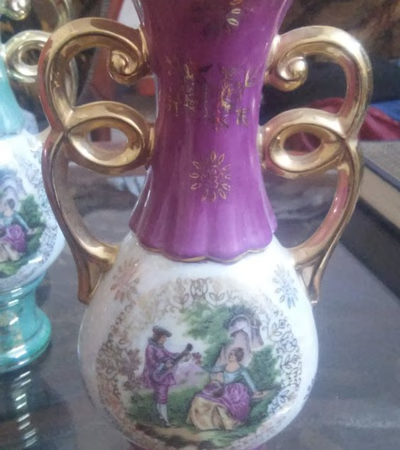 Egypt
Vases
Egypt
Vases
Vase with golden handles depicting Romeo and Juliet - Over 40 years old - New - JAPANDetails
-
 Mohamed 15 months ago
Mohamed 15 months ago Egypt
Painter
Egypt
Painter
Drawing people's emotionsDetails
-
 Fan Al-Rizan 3 months ago
Fan Al-Rizan 3 months ago Egypt
Resin Products
Egypt
Resin Products
Handmade carpets, handmade resin crafts such as accessories (earrings, keychains, necklace pendants, cup coasters, modern notebook covers, and various...Details
-
 Faresassadamir 3 months ago
Faresassadamir 3 months ago Egypt
Gemstones
Egypt
Gemstones
Gemstones, holding certificates from sgs laboratoryDetails
-
 Mohammad Khalid Kamal 3 months ago
Mohammad Khalid Kamal 3 months ago Egypt
General Supplies (Furniture - Grains and Legumes - Nuts, Honey, and Fruit)
Egypt
General Supplies (Furniture - Grains and Legumes - Nuts, Honey, and Fruit)
We provide the required goods and products with high quality and specifications, ensuring the highest standards of product quality while considering c...Details

















